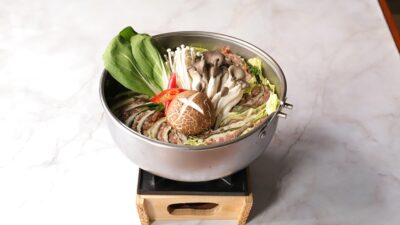Japan is a country renowned for its rich culinary heritage, which is an intricate blend of tradition, innovation, and regional diversity. The gastronomic journey through Japan offers an array of flavors, textures, and presentations, from hearty comfort foods to the sublime elegance of kaiseki. This article explores some of Japan’s most iconic dishes, highlighting their historical significance and cultural nuances.
Katsu: The Comfort of Breaded Perfection
Katsu, or cutlet, is perhaps one of Japan’s most beloved comfort foods. Typically made from pork or chicken, the meat is pounded thin, coated in flour, dipped in egg, and then covered in panko breadcrumbs before being deep-fried to golden perfection. Tonkatsu, the pork version, often comes with a tangy tonkatsu sauce and is served with shredded cabbage, rice, and miso soup, making it a hearty meal that appeals to both young and old alike.
The origins of katsu can be traced to Western influences during the Meiji Era, when Japanese culinary art began to blend with European techniques. It represents a time when Japan was opening up to the world, marrying tradition with innovation.
Sushi: A Delicate Art Form
No discussion of Japanese cuisine is complete without mentioning sushi. While sushi has gained international fame, it remains an art form that is deeply rooted in Japanese culture. The dish typically consists of vinegared rice combined with a variety of ingredients, including seafood, vegetables, and occasionally tropical fruits.
There are many styles of sushi, ranging from nigiri (hand-formed rice topped with seafood) to maki (rolled sushi), and even the sushi burrito—a modern twist that has captured the attention of food lovers around the globe. The preparation of sushi demands meticulous attention, showcasing the chef’s skill in both flavor balance and presentation.
Ramen: A Bowl of Warmth
Ramen has become synonymous with Japanese street food and comfort, with its warm, satisfying broth, noodles, and myriad toppings. Originating from China, ramen has evolved into a uniquely Japanese dish with regional variations including tonkotsu (pork bone broth), shoyu (soy sauce), and miso.
Each bowl tells a story of its origin, embodying the flavors of its locale. Toppings such as chashu (braised pork), nori (seaweed), menma (bamboo shoots), and soft-boiled eggs contribute to the complex flavor profiles that make ramen an enduring favorite. Ramen shops, known as "ramen-ya," can be found on almost every corner in Japan, offering countless variations of this deeply satisfying dish.
Takoyaki: A Street Food Sensation
Takoyaki, round and crispy on the outside, is a beloved street food originating from Osaka. These savory balls, filled with diced octopus, green onions, and pickled ginger, are cooked in a specially designed griddle. Topped with takoyaki sauce, bonito flakes, and mayonnaise, it embodies the spirit of festival food in Japan.
Commonly enjoyed at street fairs and festivals, takoyaki has gained fans worldwide for its fun shape, tantalizing flavor, and the joy of eating street food.
Kaiseki: The Pinnacle of Culinary Art
At the other end of the spectrum lies kaiseki, a traditional multi-course meal that epitomizes Japanese haute cuisine. Originating from the tea ceremony, kaiseki is an elaborate affair featuring seasonal ingredients meticulously prepared and beautifully presented. Each course is designed to balance flavors, colors, and textures, creating a harmonious dining experience that reflects the philosophy of "wabi-sabi," or finding beauty in imperfection.
Kaiseki is more than just a meal; it is an experience that engages all senses. It’s often enjoyed in traditional ryokan (inns) or high-end restaurants and is a celebration of seasonality and mindfulness.
Conclusion: A Culinary Tapestry
From the hearty crunch of katsu to the delicate balance of a kaiseki meal, Japan’s culinary landscape is a tapestry woven from tradition, culture, and innovation. Each dish tells a story, representing the country’s history, geography, and customs. As global interest in Japanese cuisine continues to grow, these diverse dishes not only delight the palate but also embody the spirit and artistry of Japan itself. Whether you’re indulging in street food or experiencing a multi-course kaiseki meal, every bite invites you to savor the exquisite flavors that Japan has to offer.



